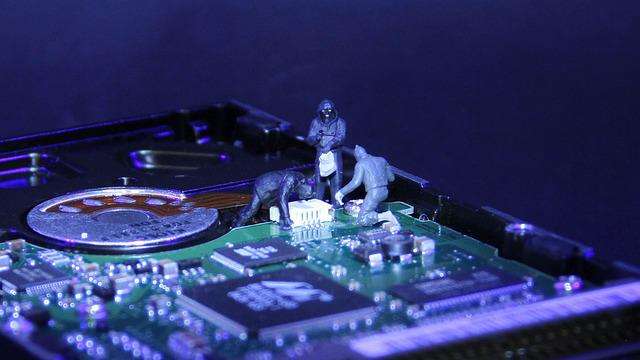As far as the manufacturing industry is concerned, whether it is the technological wave of “Industry 4.0” or the industrial Internet as one of the key directions of “new infrastructure”, the tide of the manufacturing industry turning to data-driven has long been surging.
Few industries have seen the impact of data analytics as sweeping as manufacturing. New methods of measuring, processing, and interpreting data have brought about a transformation in everything from product design, to manufacturing, to inventory management and delivery.
The manufacturing industry has begun to adopt real-time data streams to improve operating models. Data captured in real-time response to equipment maintenance, demand fluctuations, and supply chain disruptions, increasing productivity and reducing maintenance costs. To fully capitalize on the business opportunities presented by real-time data streaming, manufacturing companies must rethink their data management approaches and focus on effective data utilization. This data analytics-driven approach to “connected manufacturing” is helping traditional manufacturing move toward a more efficient operating model that delivers value to businesses, shareholders and customers.
Through the use of data and advanced analytics, manufacturing companies can realize a variety of powerful applications, especially in the following five areas:
Real-time process monitoring: Real-time process monitoring provides a consistent, real-time monitoring view of operational status. This data provides insight into key sensor parameters and key performance indicators (KPIs), and can measure production metrics such as cycle time, productivity, and defect rates.
Predictive maintenance:
Manufacturers can reduce costs and increase efficiency by predicting maintenance needs based on sensor data based on the actual condition of the equipment, rather than relying on reactive maintenance as before.
For factory managers, predictive maintenance is a crystal ball with a laser focus on your production floor. In the past, industrial maintenance was about preventive maintenance. You fixed problems as they arose. Now predictive maintenance analyzes sensor data and develops a model of your industrial equipment, predicting when things might go wrong, and what to do about it. In the olden days, when a job went wrong, a worker had to go out on the site, read the meter, then come back and fix the problem. It was inefficient, expensive, and, frankly, dangerous. But the advent of predictive maintenance changed all that. Now, the technician knows about the equipment, and its status and has all the information, and often, software tools, he needs to be productive on the factory floor.
Computer Vision Improves Quality Control:
Using computer vision, manufacturing companies can automate visual inspections with unprecedented speed and precision, allowing computers to effectively manage quality control while reducing costs.
For manufacturers, improving quality control means improving profits, as well as minimizing risks. Using computer vision, they train the system to recognize objects, such as threads, that are too small, too large, or too jagged.
Yield optimization:
The goal of yield optimization is to use data analytics, AI and optimization techniques to deliver a high-quality product at optimal cost all while increasing profitability by reducing waste and productivity.
In any manufacturing process, raw materials are an essential ingredient. The properties of the raw materials used can have a significant impact on the eventual production output. This is especially true for industries such as chemicals, mining, or pharmaceuticals, where even small variations in raw materials can lead to large fluctuations in manufacturing yield. While hundreds of different production parameters are available to be controlled in the modern manufacturing plant, it can be difficult to determine which of these parameters are the most important to monitor in order to ensure a consistent and high-quality output.
Different materials require different amounts of time to process. If a machine is not operating at peak efficiency, it can hold up production. Data analytics tools can help by analyzing all data related to input material across facility machines and telling operators how changing each of those input variables will affect the machine throughput. This information can then be used to make changes that will improve production efficiency.
Data, analytics, and machine learning can help optimize yield by dynamically identifying and eliminating bottlenecks, increasing productivity, reducing inventory, and improving asset utilization.
Supply Chain Optimization:
The supply chain of any manufacturing unit is critical.
The whole process of manufacturing, from start to finish, involves a lot of processes that are dependent on each other. Hence, if one part goes wrong then the entire manufacturing process becomes inefficient.
Data analytics helps companies to identify bottlenecks and inefficiencies in their supply chain.
Supply chain applications range from simply providing visibility into inventory levels to complex supply chain optimization and transformation, with real-time data and high-performance analytics enabling new levels of supply chain performance.
Discrete Event Simulation
DES provides a high-fidelity representation of a manufacturing process, taking into account many of the factors that affect production, such as machine utilization, process constraints, and material handling. DES can be used to accurately characterize uncertainty in batch processing times, which is vital for optimizing production schedules. Data analytics can help identify patterns in batch processing times and thereby improve the accuracy of DES models. Ultimately, the use of DES and data analytics can help reduce costs and improve efficiency in manufacturing.

